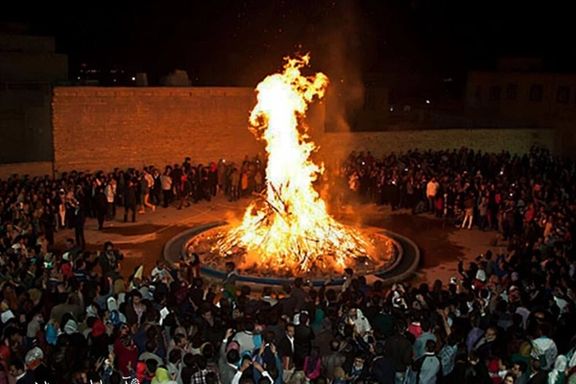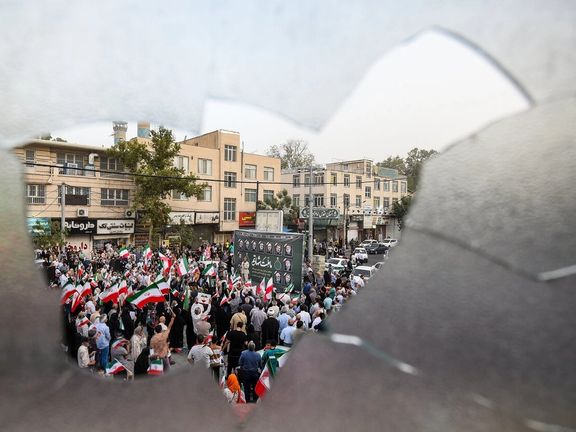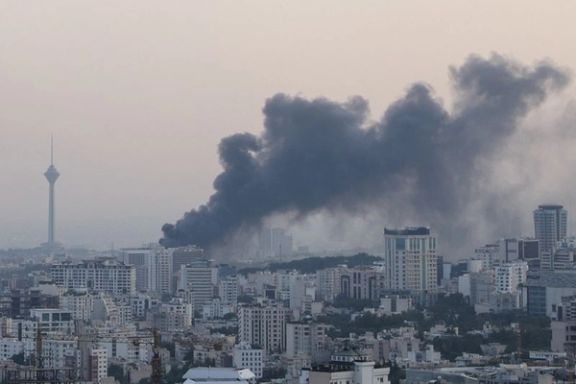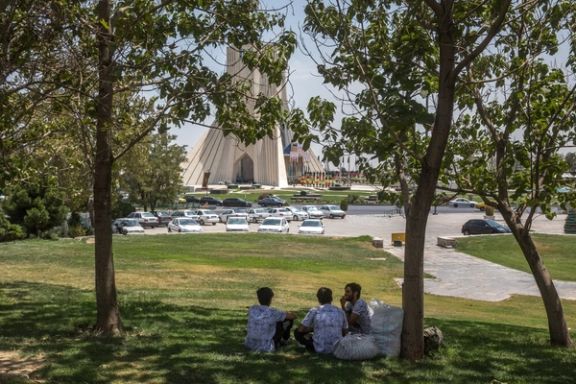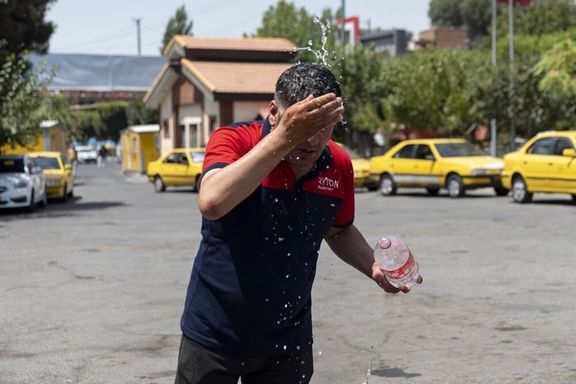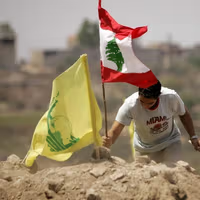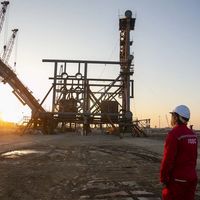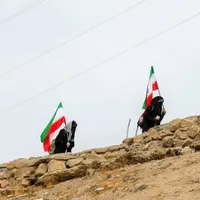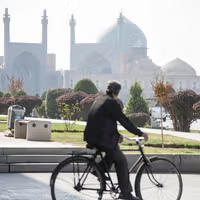In recent years, Iran’s Zoroastrian community has been leaving in greater numbers, with the United States becoming the primary destination.
The latest census in 2016 indicated nearly 20,000 Zoroastrians, despite legal restrictions, strive to keep the tradition of the “sacred fire” alive in their homeland.
The tradition faces new challenges in the United States. Maintaining an eternal flame is no easy task. A shortage of mobads or Zoroastrian clerics, combined with the high cost of building fire temples, has led many to settle for small, gas-lit flames.
“We only light the fire during hours when we’re present at the center. There’s no other choice. We adapt to time and place,” said mobad Ashkan Bastani, grandson of Iran’s last High Mobad, who has lived in Orange County for over 20 years.
Iran’s Zoroastrian community, a small minority, faces profound challenges after migration, not only the loss of homeland but also of roots and rituals.
Migration was not our choice
Following the 1979 revolution in Iran, the confiscation of Zoroastrian-owned property and businesses, along with the imposition of Islamic laws governing all aspects of public life, triggered a wave of migration.
“My grandfather would look over his shoulder every few steps in Yazd. He was afraid of shadows,” recalled one Zoroastrian. “At age ten, he accidentally stepped onto a Muslim neighbor’s farmland and was punished by having his feet tied to stocks.”
Later in his 40s, he was attacked from behind at a pistachio market because, according to some Muslims, the presence of a gabr (a pejorative term for Zoroastrians) would bring bad luck to the bazaar.
Since the Islamic Republic’s founding, officially declaring one’s religion became mandatory, not just in the census but for routine processes like banking, school enrollment, insurance and job applications.
The consequences of this requirement have gone far beyond statistics; a single answer could either open doors or close them entirely, curbing the ambitions of minorities.
Until the late 1990s, Zoroastrian migration was largely individual or family-based. Since then, with help from NGOs like the Hebrew Immigrant Aid Society (HIAS), migration became more organized.
By 2017, in the early days of President Donald Trump's first term, hundreds of Iranian Zoroastrians had emigrated to the United States
In 2024, amid fears which soon materialized of Trump again barring travel from Iran, various minorities in partnership with HIAS saw another wave of Zoroastrians managing to migrate to the United States.
Population decline, low birthrates
According to Iran’s 1996 census, the Zoroastrian population stood at nearly 28,000. By 2006, it had dropped to 19,823. The 2016 census recorded 23,109 Zoroastrians in Iran.
“Many Muslims interested in Zoroastrianism claim to be Zoroastrians during the national census,” said a former member of the Tehran Zoroastrian Association on condition of anonymity.
“Meanwhile, official Zoroastrian leaders avoid stating the real numbers out of fear of government backlash. They want to appear large perhaps as a show of strength but we know our true numbers are far fewer,” he said.
“Zoroastrian families in Iran are reluctant to have children, which is common with the rest of population in Iran due to economic hardship and destitute. But our migrants abroad aren’t facing such issues and are willing to grow their families,” he added.
The Didban news website cited Kourosh Niknam, a mobad and former lawmaker, as saying Iran's Zoroastrian population had halved over the past three decades amid migration and low birth rates.
Zoroastrians in the United States
There are no official numbers for the Zoroastrian population in the US. The World Zoroastrian Federation estimates the number between 10,000 and 15,000, while the North American Zoroastrian Association puts it closer to 20,000, including both Iranian Zoroastrians and Indian Parsis.
Parsis, or Parsees, are descendants of Zoroastrians who fled Iran after the Islamic conquest and found refuge in India.
The largest communities in the United States are in California particularly Los Angeles, Orange County, and San Diego with smaller populations in New York and Texas.
Wealthy Zoroastrians have helped establish community centers and temples in these cities, and Parsis have built a fully traditional fire temple in Houston, Texas.
Islands of solitude
Depending on location and population size, many Zoroastrians in the United States may feel isolated from religious and social life. Their faith may only be expressed through ceremonial Nowruz tables or private wedding and funeral rituals.
“Since I arrived here, I haven’t attended a single Zoroastrian ceremony. I don’t think there’s another Zoroastrian in this state. I miss our small gatherings in Iran,” said Anahita, a Zoroastrian living in Nebraska.
But mobad Ashkan Bastani in California strives to keep the faith alive.
“At the Orange County Zoroastrian Center, we hold religious education classes for children and celebrate all the festivals and traditions. Everyone is welcome, regardless of religion,” he said.
“At some of our well-known festivals like Mehregan and Sadeh, many Muslims also attend, enjoy our food, and dance with us,” Bastani added.
The shadows
While there have been improvements in how Zoroastrians are perceived in Iran, many still struggle to move past the fear and marginalization.
“Public attitudes have improved. Terms like ‘unclean’ and ‘fire-worshipper’ are rarely heard now,” said one community leader in Iran. “But we’re still stunned by remarks from some officials. We can’t tell if they truly believe what they say or are just asserting control. Some things have changed—but some haven’t.”
The Zoroastrian migration story is not just about relocation. It is a narrative of perseverance, of holding onto identity, tradition, and a sacred flame that has symbolized life and light for centuries, whether in Yazd, California, or the quiet solitude of Nebraska.


